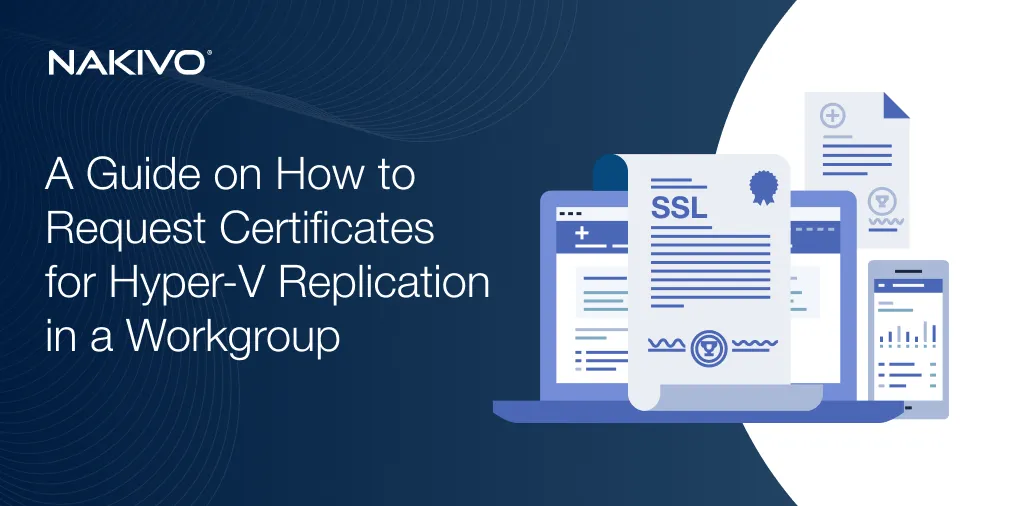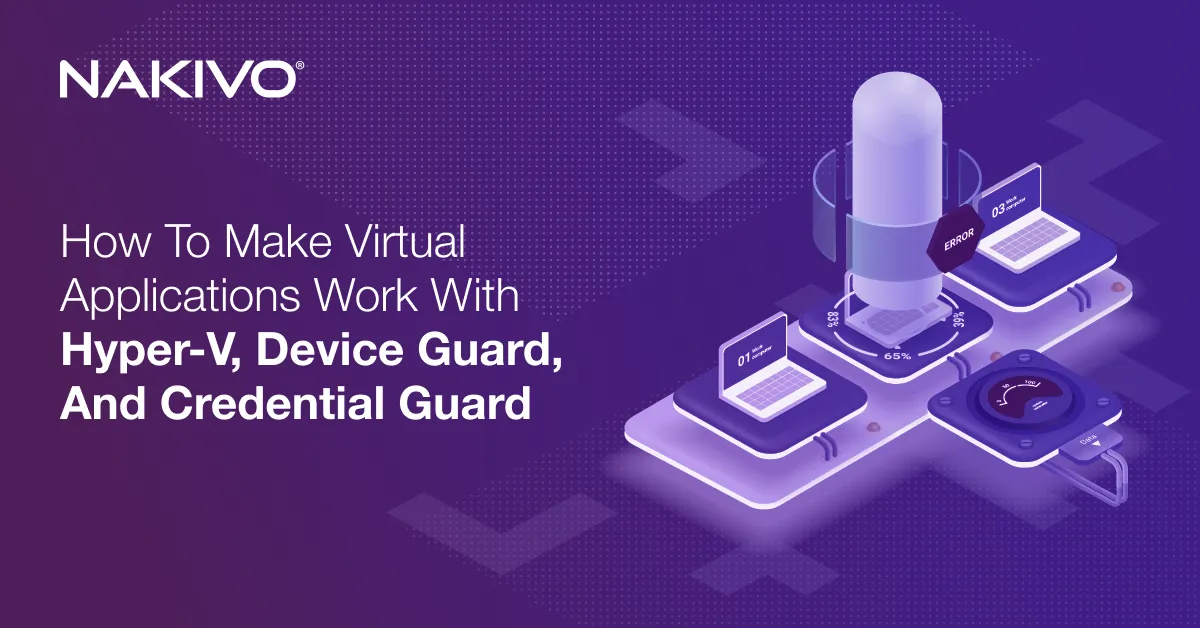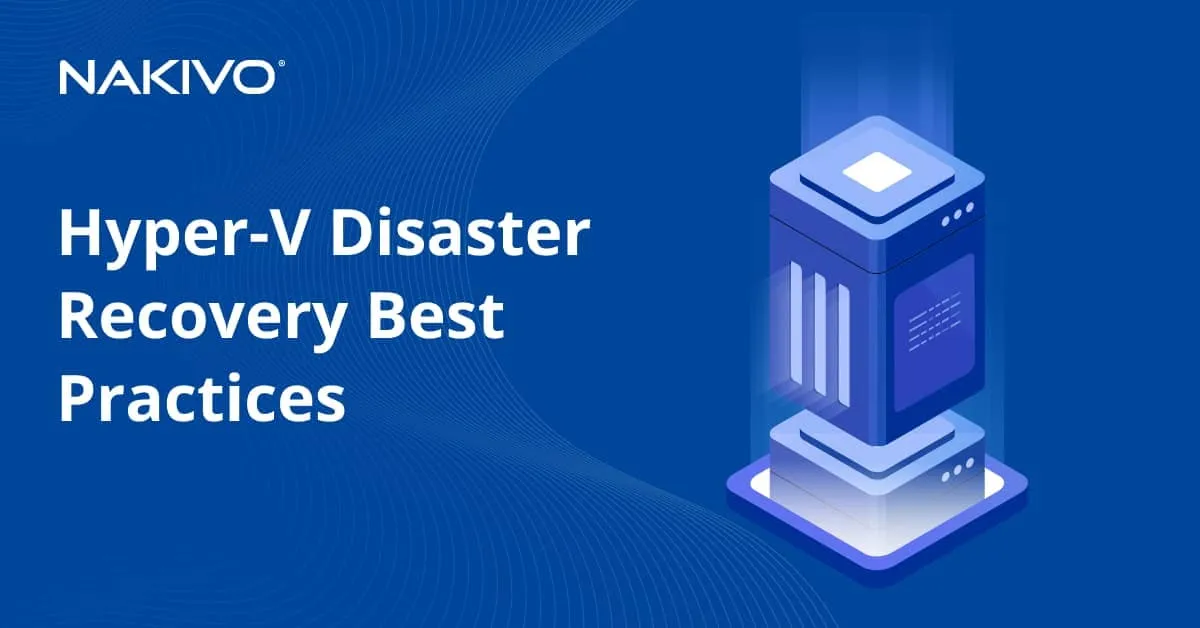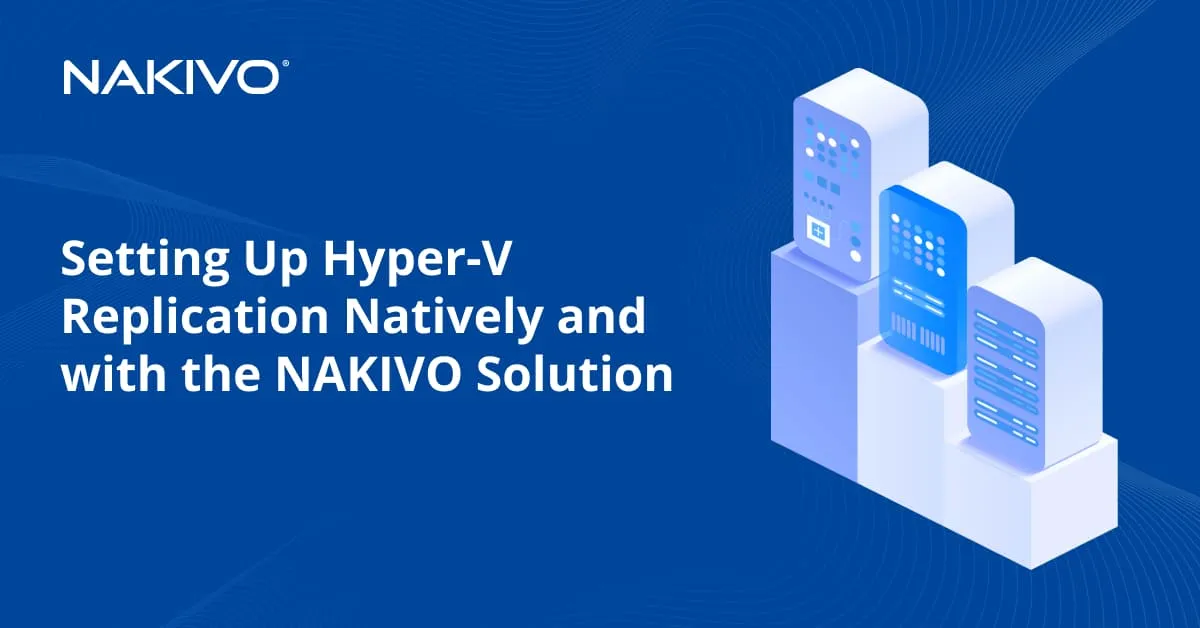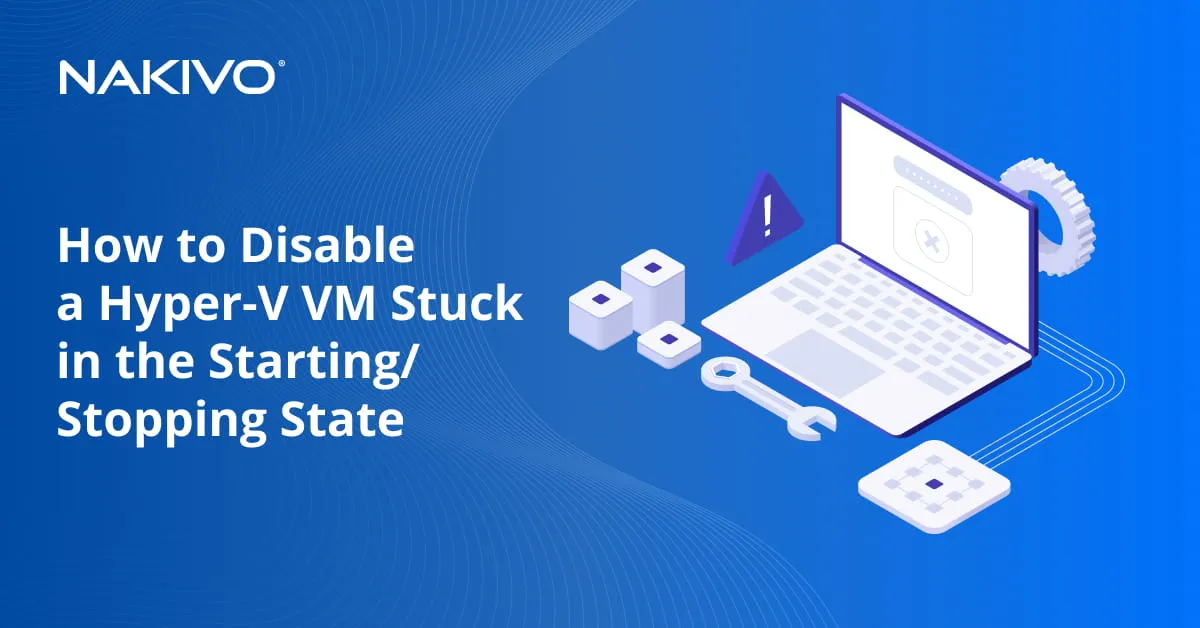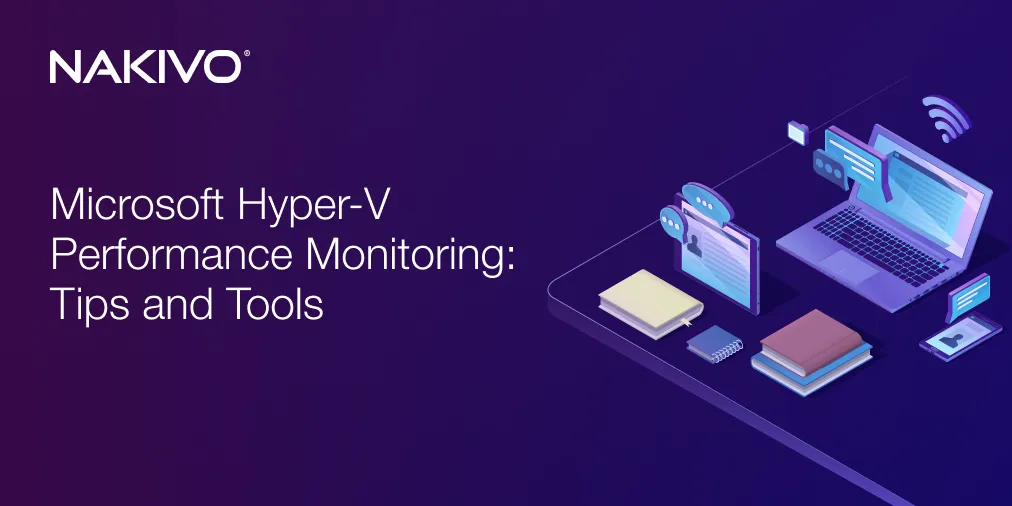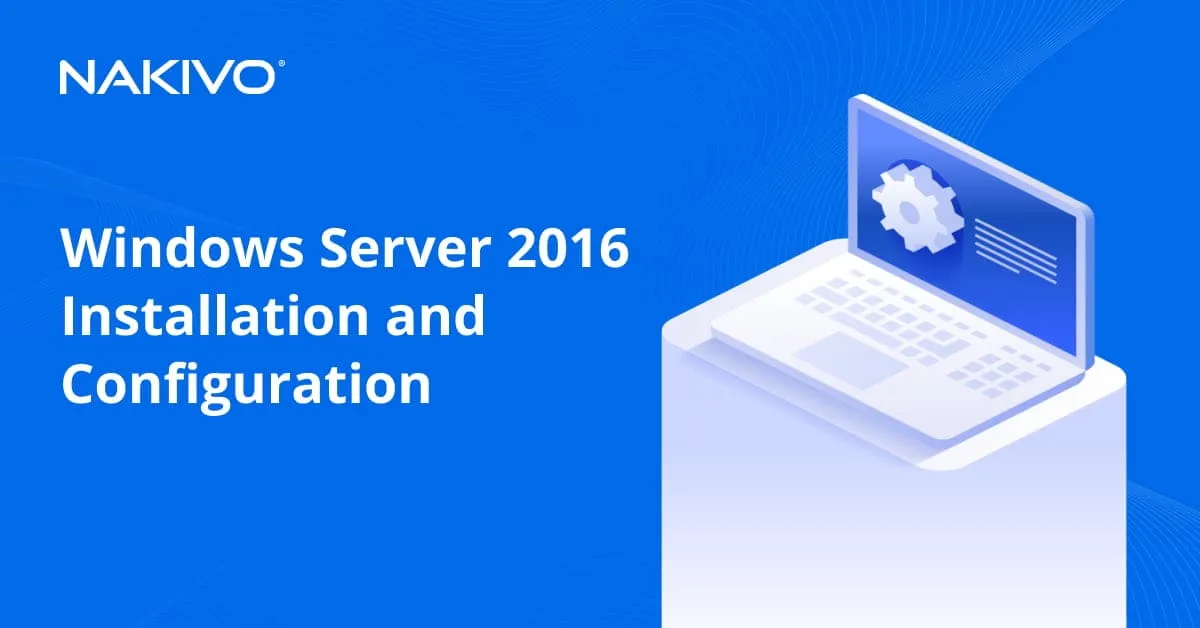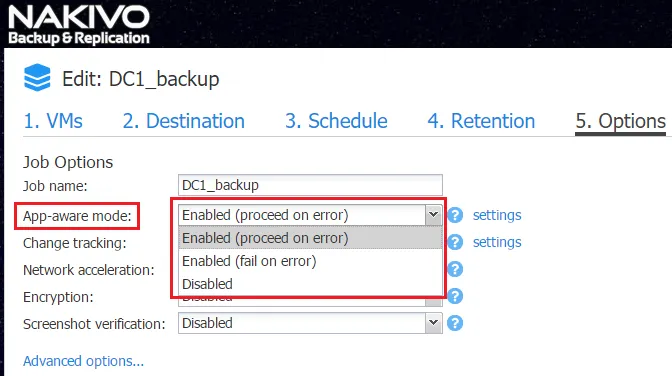Hyper-V Platform - Page 4
How to Request SSL Certificates from a Windows Certificate Server for Hyper-V
June 1, 2023
Hyper-V has built-in tools for VM replication from one Hyper-V host to another. This comes in handy for failover in a case of failure. Often...
Virtualization Applications Are Not Working: What Do You Do?
June 1, 2023
When you install a virtualization application on a Windows machine on which Hyper-V or related services are installed, errors can often occu...
Failover Vs Failback: Key Differences in Disaster Recovery
June 1, 2023
In the modern world, any business could suffer from corruption of data and disruption of mission-critical operations from time to time. Howe...
Hyper-V Disaster Recovery Best Practices
June 1, 2023
In virtual environments, the expectations for service availability and business continuity are very high. Companies today are expected to ru...
Setting Up Hyper-V Replication Natively and with the NAKIVO Solution
June 1, 2023
Using virtual machine failover helps you avoid downtime if a disaster makes your primary environment unavailable. Failovers allow you to rec...
NTFS vs ReFS: Which One to Choose?
June 1, 2023
Hyper-V environments can’t properly function without reliable storage in place, as it has a significant impact on the virtual machine (VM) p...
Hyper-V Server Core vs GUI Installation: How They Compare
June 1, 2023
Starting with Windows Server 2008, Hyper-V has been available as a Windows Server role and as a standalone Hyper-V Server. There are essenti...
How to Disable a Hyper-V VM Stuck in the Starting/Stopping State
June 1, 2023
Hyper-V is a well-known hardware virtualization platform that is popular because it is the native Windows hypervisor. Virtualization provide...
Top Hyper-V Server 2012 R2 Features That Are Worth Your Attention
June 1, 2023
Microsoft Hyper-V was first introduced as a free server role within Windows Server 2008. Later, a standalone Windows Hyper-V Server was rele...
Hyper-V Storage Best Practices
June 1, 2023
Storage is one of the most important components involved with servers; this includes virtualization servers that have a hypervisor installed...
How to Convert Hyper-V to VMware VM
June 1, 2023
VMware vSphere and Microsoft Hyper-V are both hardware virtualization platforms, but on some occasions, you might need to convert a Hyper-V...
Tips and Tools for Microsoft Hyper-V Monitoring
June 1, 2023
The main advantages of hardware virtualization include logical isolation and rational resource usage. When using Microsoft Hyper-V, it is im...
The Differences Between Hyper-V Generation 1 or 2
June 1, 2023
There are two generations of Hyper-V virtual machines – Generation 1 and Generation 2. The choice of VM generation is important when a VM is...
How to Create Hyper-V Virtual Machine: Complete Walkthrough
June 1, 2023
The goal of most organizations is to grow and expand over time. While meeting this goal, an organization also often finds it more difficult...
Performing Hyper-V USB Passthrough: A Step-By-Step Guide
June 1, 2023
Virtualization technology enables the abstraction of computing, storage, and networking resources, meaning that you can create a virtual ver...
What Is Hyper-V Manager and How Does It Work?
June 1, 2023
Hyper-V Manager has an intuitive user interface and offers basic yet powerful functionality, which makes it a feasible option for small and...
Windows Server 2016 Core Installation
June 1, 2023
When looking to install Microsoft Hyper-V, you need to install the Hyper-V role on Window Server. One option is to use the GUI to run and ma...
Full Overview of Hyper-V Dynamic Memory Best Practices
June 1, 2023
Hyper-V Dynamic Memory was first introduced in Windows Server 2008 R2 with SP1. Prior to its release, a Hyper-V virtual machine (VM) would s...
Complete Guide on How to Shrink and Compact Virtual Hard Disks in Hyper-V
June 1, 2023
When working with Hyper-V dynamically expanding disks, there is always a risk that those disks will grow uncontrollably and reach their maxi...
What Is Application-Aware VM Backup?
May 31, 2023
When it comes to backups, there is a wide range of options that must be considered such as backup type, frequency, source, destination, and...
